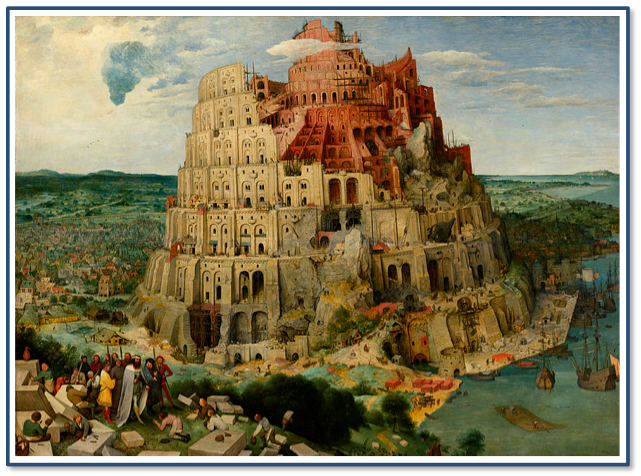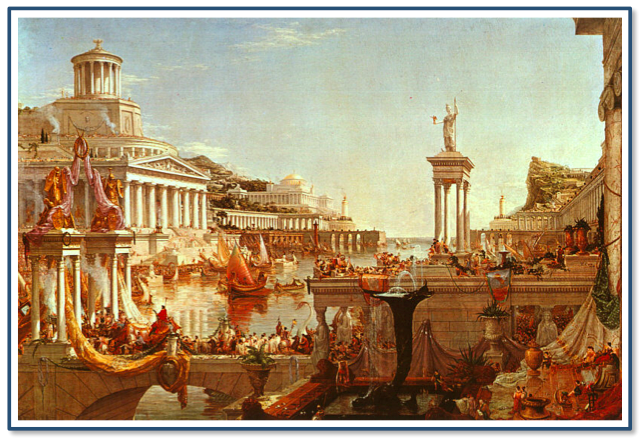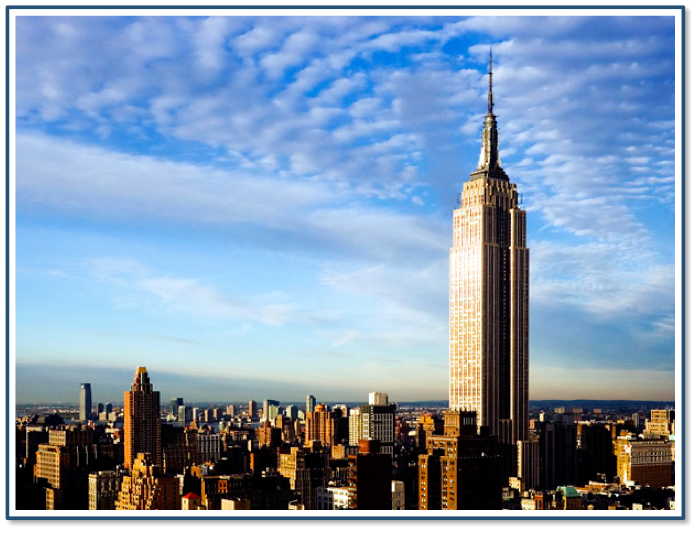In the year 7,000 BCE, Jericho was the largest city on the planet—its population a whopping 2,000 souls.
Babylon, legend of exile and abandon, wouldn’t crack the top two hundred U.S. cities today. Its population was about 100,000—the same as South Bend, Indiana.
Ancient Rome at its height was as populous as modern day Dallas, Texas.
Yet somehow Jericho, Babylon and Rome are bigger than South Bend or Dallas. They have imaginative bigness. We see them: Israelites circle and trumpet. Hammurabi and Caesar Augustus stride in splendor. They swell, thrive, crumble and fall.
If the king’s pace was the measure of a yard, our dreaming marks the city.
Take New York. It hasn’t been the world’s largest city in decades. Yet it enjoys an imaginative station unattained by Jakarta, Manila and Seoul.
New York is a planet pulling in the best at everything—business, law, letters, the arts—in the relentless search for money, fame, accolades. For bigness.
The small are pulled toward the large. But unlike gravity, the pull of Gotham is psychic. Dreamers leave Muskogee and seek their measure in Manhattan.
The small make the big; the big defines the small.
//On Smallness_3//




